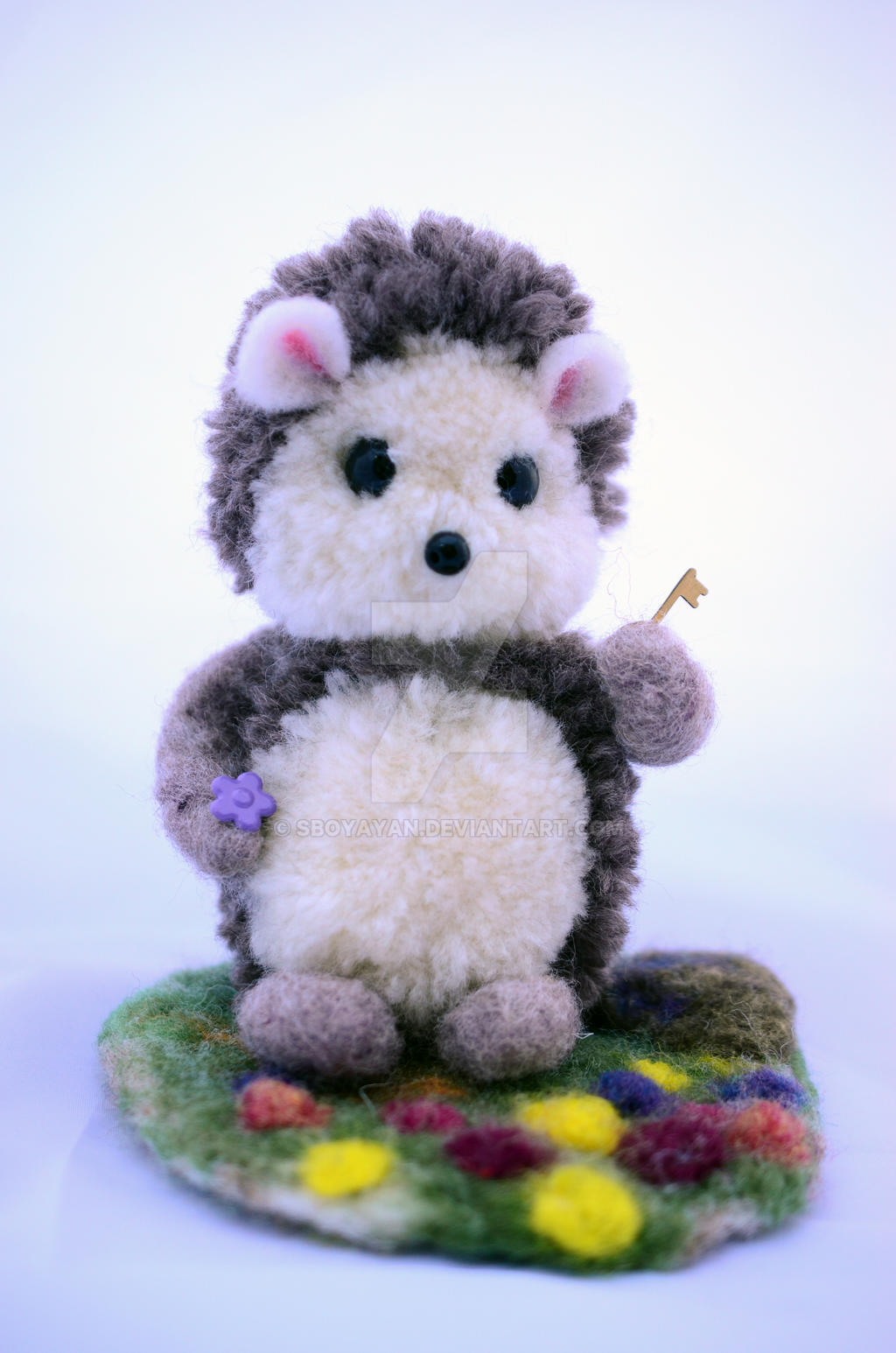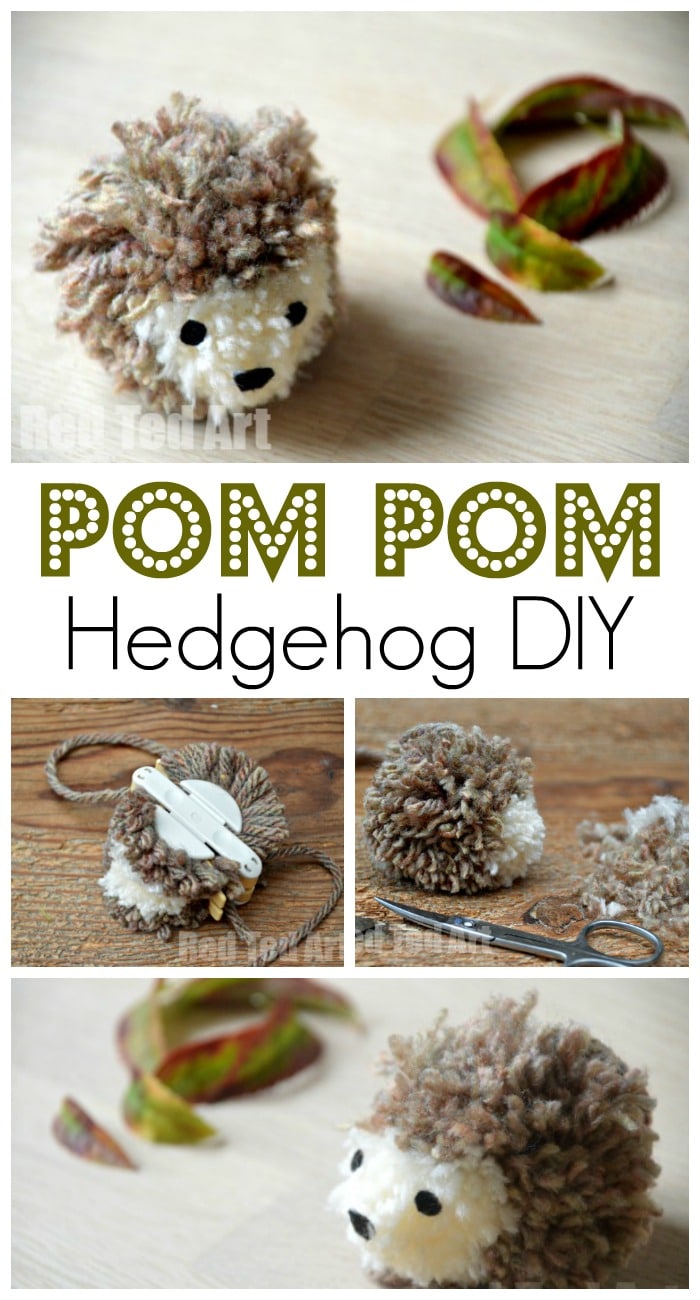Pom Pom Hedgehog: A Comprehensive Guide To The World's Cutest Hedgehog Breed
When it comes to unique and adorable pets, the Pom Pom Hedgehog has captured the hearts of animal lovers worldwide. Known for their distinctive appearance and charming personality, these tiny creatures have become increasingly popular in recent years. If you're considering bringing a Pom Pom Hedgehog into your life, there's so much to learn about their care, habitat, and behavior.
As more people discover the joys of owning a hedgehog, the demand for specific breeds like the Pom Pom continues to grow. This breed stands out due to its striking physical features, including large ears, unique fur patterns, and an overall fluffy appearance that gives them their "pom pom" name. In this article, we'll explore everything you need to know about these delightful creatures.
Whether you're a first-time hedgehog owner or simply curious about these fascinating animals, this guide will provide you with all the essential information to help you make informed decisions. From dietary needs to health care tips, we'll cover everything step-by-step to ensure your hedgehog thrives in its new home.
Read also:Starbucks Menu Nutrition Information Your Ultimate Guide To Healthy Choices
Table of Contents
- Introduction to Pom Pom Hedgehog
- Physical Characteristics
- Natural Habitat
- Dietary Needs
- Behavior and Personality
- Health and Care
- Housing Requirements
- Breeding Pom Pom Hedgehogs
- Legal Considerations
- Interesting Facts
- Conclusion
Introduction to Pom Pom Hedgehog
The Pom Pom Hedgehog is a relatively new breed that has quickly gained popularity among pet enthusiasts. This breed is known for its playful nature and striking appearance, making it a favorite among hedgehog lovers. Unlike other hedgehog breeds, the Pom Pom variety has a distinctively fluffy coat, giving them their signature "pom pom" look.
Originating from selective breeding efforts, the Pom Pom Hedgehog is a result of careful genetic pairing aimed at enhancing specific traits. Breeders focus on improving coat quality, size, and temperament to produce healthier and more appealing animals. These hedgehogs are generally friendly and adaptable, making them ideal companions for experienced and novice pet owners alike.
As the demand for Pom Pom Hedgehogs continues to rise, it's important for potential owners to understand the responsibilities that come with caring for these animals. From proper diet to adequate living space, each aspect of their care plays a crucial role in ensuring their well-being.
Physical Characteristics
Pom Pom Hedgehogs are easily recognizable due to their unique physical traits. Their appearance sets them apart from other hedgehog breeds, making them particularly appealing to pet lovers. Let's delve deeper into what makes these creatures so special.
Coat Patterns
One of the most distinctive features of Pom Pom Hedgehogs is their coat pattern. These hedgehogs typically have longer quills than other breeds, creating a fluffy appearance that resembles a pom pom. Their coat can come in various colors, including white, cream, brown, and black, often forming intricate patterns across their bodies.
According to the Hedgehog Central Breeders Association, the coat patterns of Pom Pom Hedgehogs are determined by their genetic makeup. Breeders carefully select pairs to produce offspring with desirable coat patterns, ensuring consistency in appearance.
Read also:Everything You Need To Know About The California 1199 Foundation
Size and Weight
On average, Pom Pom Hedgehogs weigh between 1 to 1.5 pounds, with males generally being slightly larger than females. Their body length typically ranges from 6 to 9 inches, making them compact yet sturdy animals. Despite their small size, these hedgehogs are incredibly active and require ample space to move around.
It's important to regularly monitor their weight to ensure they remain healthy. Obesity is a common issue among captive hedgehogs, so providing a balanced diet and sufficient exercise is crucial for maintaining their well-being.
Natural Habitat
While Pom Pom Hedgehogs are domesticated animals, understanding their natural habitat can help us better meet their needs in captivity. In the wild, hedgehogs typically inhabit grasslands, forests, and suburban areas. They prefer environments with plenty of hiding spots and access to food sources.
For domestic Pom Pom Hedgehogs, replicating their natural habitat involves creating a safe and stimulating living environment. This includes providing hiding spaces, climbing structures, and bedding materials that mimic their natural surroundings. Ensuring the right temperature and humidity levels is also essential, as these factors directly impact their health and comfort.
Dietary Needs
A well-balanced diet is vital for the health and longevity of Pom Pom Hedgehogs. These animals are omnivores, meaning they consume both plant and animal-based foods. In the wild, their diet consists of insects, fruits, vegetables, and small vertebrates.
Domestic Pom Pom Hedgehogs should be fed high-quality commercial hedgehog food supplemented with fresh fruits and vegetables. Protein-rich foods like mealworms and crickets can also be offered in moderation. It's important to avoid feeding them foods that are toxic to hedgehogs, such as avocado, chocolate, and caffeine.
According to a study published in the Journal of Exotic Pet Medicine, a diet rich in protein and low in fat is ideal for maintaining optimal health in hedgehogs. Regular monitoring of their dietary intake can help prevent nutritional deficiencies and related health issues.
Behavior and Personality
Pom Pom Hedgehogs are known for their friendly and curious nature. They are generally social animals that enjoy interacting with their human companions. However, like all hedgehogs, they can be shy and may require time to adjust to new environments and people.
These hedgehogs are nocturnal, meaning they are most active during the night. Providing them with enrichment activities such as tunnels, toys, and exercise wheels can help keep them entertained and mentally stimulated. Training sessions can also strengthen the bond between hedgehogs and their owners, promoting trust and mutual understanding.
Health and Care
Proper health care is essential for ensuring the longevity and well-being of Pom Pom Hedgehogs. Regular veterinary check-ups, a balanced diet, and appropriate living conditions are key components of their care regimen.
Common Health Issues
Some common health issues that affect Pom Pom Hedgehogs include dental problems, obesity, and respiratory infections. Dental hygiene is particularly important, as hedgehogs can develop tooth decay and gum disease if not properly cared for. Regular teeth cleaning and a crunchy diet can help prevent these issues.
Obesity is another prevalent concern among captive hedgehogs. Ensuring they receive adequate exercise and a low-fat diet is crucial for maintaining a healthy weight. Additionally, monitoring for signs of respiratory infections, such as sneezing or labored breathing, can help catch potential health problems early.
Grooming Tips
Grooming plays an important role in maintaining the appearance and health of Pom Pom Hedgehogs. Regular bathing helps keep their coat clean and free from dirt or debris. However, excessive bathing can strip their skin of natural oils, so it should be done sparingly.
Nail trimming is another essential grooming task. Overgrown nails can cause discomfort and affect their ability to walk properly. Using small animal nail clippers and trimming their nails every few weeks can help prevent these issues. Always consult with a veterinarian if you're unsure about proper grooming techniques.
Housing Requirements
Creating a suitable living environment is crucial for the happiness and health of Pom Pom Hedgehogs. Their enclosure should be spacious, secure, and well-ventilated, providing them with ample room to explore and exercise. A minimum enclosure size of 4 square feet is recommended, but larger spaces are always preferable.
The enclosure should include a hiding spot, a litter box, and a sturdy exercise wheel. Bedding materials such as paper-based substrates are ideal, as they are safe and easy to clean. Maintaining a temperature range of 72-75°F (22-24°C) is essential for their comfort and well-being.
Breeding Pom Pom Hedgehogs
Breeding Pom Pom Hedgehogs requires careful consideration and planning. These animals reach sexual maturity at around 8-10 weeks of age, but breeding should not occur until they are at least 6 months old. Proper pairing and monitoring are essential to ensure successful breeding and healthy offspring.
Female hedgehogs can give birth to litters of 4-6 babies, known as hoglets. During pregnancy and nursing, the mother requires a nutritious diet and a quiet, stress-free environment. Once the hoglets are weaned, they should be separated from their mother to prevent overcrowding and potential aggression.
Legal Considerations
Before acquiring a Pom Pom Hedgehog, it's important to research local laws and regulations regarding hedgehog ownership. In some areas, keeping hedgehogs as pets may be restricted or require permits. Familiarizing yourself with these regulations can help ensure compliance and avoid potential legal issues.
Additionally, sourcing your hedgehog from a reputable breeder or rescue organization is crucial. Responsible breeders prioritize the health and welfare of their animals, ensuring they are raised in safe and nurturing environments. Adopting from rescue organizations can also provide a loving home for hedgehogs in need.
Interesting Facts
- Pom Pom Hedgehogs can live up to 7-10 years with proper care.
- They have excellent senses of smell and hearing, compensating for their poor eyesight.
- These hedgehogs can roll into a tight ball when threatened, protecting themselves with their sharp quills.
- They are solitary animals by nature, preferring to live alone except during breeding seasons.
- Pom Pom Hedgehogs are known to perform a behavior called "self-anointing," where they spread saliva over their quills in response to unfamiliar scents.
Conclusion
In conclusion, Pom Pom Hedgehogs are delightful creatures that bring joy and companionship to their owners. Their unique appearance, friendly nature, and relatively low maintenance make them an excellent choice for pet enthusiasts. By understanding their dietary needs, housing requirements, and health care needs, you can ensure they lead happy and fulfilling lives.
We encourage you to share this article with fellow hedgehog lovers and leave your thoughts or questions in the comments below. If you're considering adopting a Pom Pom Hedgehog, be sure to do thorough research and consult with experts to make the best decision for both you and your potential pet. Together, let's promote responsible pet ownership and create a better world for these amazing animals!


